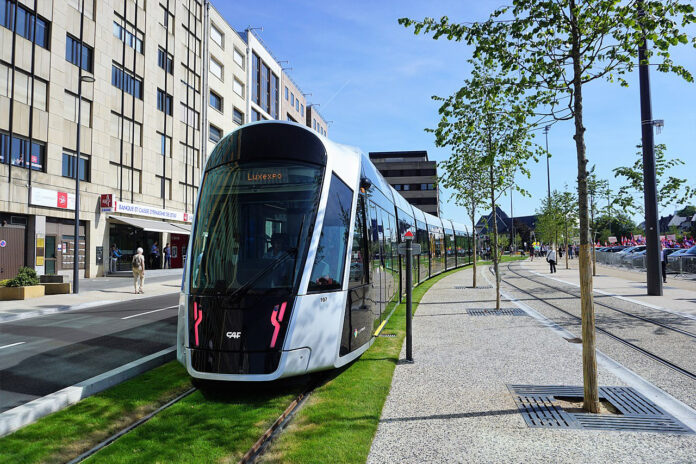Free public transport has been an offer for many years in selected cities, and certainly in many North American cities, as a means of city center distribution, economic development of dense urban cores, or sometimes airport terminal distribution. Examples include Salt Lake City’s free downtown services since 1985; the Kansas City Streetcar, which has opened as a free service along its 2.2-mile route; and the Miami MetroMover, which has been fare free along its downtown loop since 1986. This free transport was often supported by urban realm improvements or even new transport services using “heritage” or low-emission vehicles or new light rail schemes. These types of city center distribution services are less common in Europe, likely because public transport is more commonly considered a service for the wider urban area and not solely for city center distribution.
Public transport due to the efforts of the sustainability lobbyists and “green” politics are creating a wider debate about the whole cost model of public transport. Should the end user face any cost barrier at all? The vast majority of local European public transport services do not cover their operating and certainly not their capital costs. Effective and comprehensive public transport is largely deemed a public good like policing and health care. Services should be funded within the tax and transfer capabilities of local, or regional, government. As well as a tool of social policy, public transport is also now delivered as a key sustainability tool. It should also be noted that many public transport systems in Europe are “open” in design — that is do not have fare barriers or gates and operate by proof of payment. Thus, fare collection and distribution equipment are often quite limited.
This has led to a number of trends. Cities such as Vienna, Austria have decided that fares should not be eliminated, but should be minimized as a barrier to use. Thus, in 2010 Vienna City’s council reduced the costs of annual network season ticket to $400 per year. For comparison, a zone 1 to 4 annual travel pass in London would cost $2,500. These reduced-fare decisions are not considered economic “madness,” but are considered policy to grow public transport demand, and in Vienna’s case, have been implemented alongside substantial expansion of the metro (subway), new public transport vehicles, and investment in heavy rail stations. Over half of the residents of the city use public transport for travel to work. It should also be noted that Vienna is quite a wealthy and economically robust city and thus, other sources of public income exist to fund services.
Estonia is a country of 1.3 million people bordering Russia and south of Finland. Fares were removed in 2013 for residents of the capital city of Tallinn following a referendum. Visitors, including tourists, continue to have to purchase tickets. Paid fare tickets are still quite inexpensive with smartcard tickets costing only about $1. The transport system in Tallinn is largely bus, trolley, and tram-based. Public transport use increased by over 10% in the year following the removal of fares, and evidence suggests that socially disadvantaged residents have improved accessibility. Service quality has also been maintained, however, there are increased issues of service crowding. While supporting a sustainability agenda and social policy goals, the scheme has perhaps not transformed urban mobility. The national government is nevertheless planning to offer free bus public transport nationwide.
Analysis
This article gave a general overview of public transportation models in Europe and North America with a free or reduced cost model. It talked about the differences in public transportation between these two regions- namely, public transportation in North America is primarily designed for city center circulation, but in Europe it is much more comprehensive since European societies largely see public transportation as a public good, like security or health care. I think this is a really important factor to consider. Since the cultural and geographical contexts of these two societies are very different, it is unlikely that European models of public transportation could be used in an American context with the same levels of success. The article also gives some examples of European cities who have switched to a greatly reduced or free fare system. In Tallinn, Estonia fares were eliminated for residents of the city, which led to an increase in usage since riders with a lower socio-economic status now had increased accessibility to this public service.




